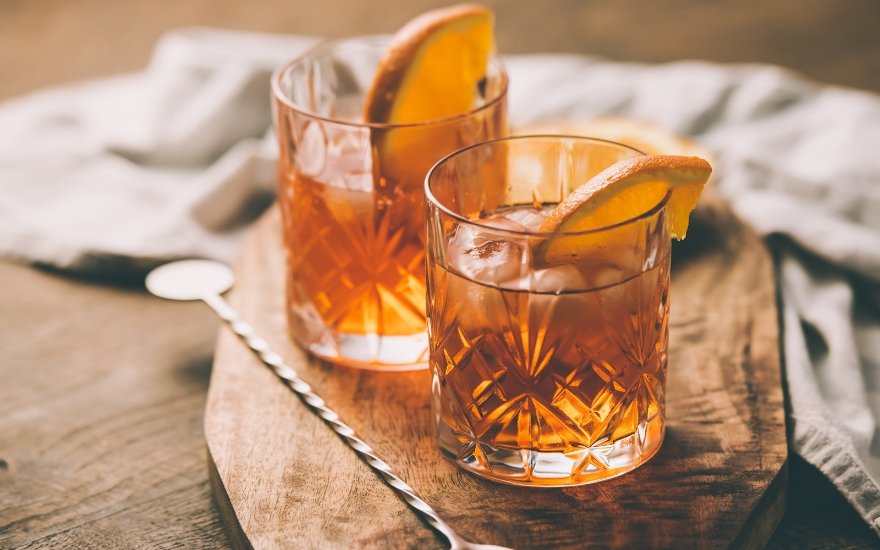On the 22nd January 2023, we start to celebrate Chinese New Year. This period is also known as the Lunar New Year, which changes date every year because it is based on the sun and moon cycles, which are usually around 20-50 days behind our normal Gregorian calendar. This period will always happen between the 20th January and the 20th February and celebrations last around sixteen days. This year, the Chinese New Year’s day is Sunday 22nd January and it ends with the traditional Lantern festival on February 5th. It is the year of the rabbit! We raise a glass to this new beginning with four super sips, all hailing from China.
Evidence of wine grape fermentation in China dates back years before Chirst, but its winemaking prowess was eclipsed by the rise of spirits - Baijiu in particular. Nowadays, winemakers are keen to show that China can also compete on the world stage with fine wines that showcase specific terroir.
Xige Estate Wines
Based in the Ningxia region, Xige Estate (pronounced Shee-Gah) was founded in 2017 but with vines that were already twenty years old. Their focus is on wines that are understated and elegant, allowing the special terroir of the Helan Mountain range to shine through.
XIGE N28 Chardonnay 2019
A beautiful style of Chardonnay that hints at a Burgundian style with a kiss of oak, and a more floral, tropical style that reminds me of high end, high altitude, Argentinian Chard. If this is what modern Chinese winemaking can be, I like it!
Find it for £27.95 at www.wine-embargo.co.uk and propeller.wine
Jade Dove Red 2018
A blend of mostly Cabernet Sauvignon with just a splash (5%) of Merlot. This is an intense and fruity red with an impressive minerality and structure and touch of spice from oak. Impressive, well-made and with an air of something really quite different.
Find it for £22.95 at www.wine-embargo.co.uk and propeller.wine
BAIJIU
Baijiu is the world’s most popular spirit, even though many of us in the West may not have heard of it! Made from cooked, fermented grains such as sorghum, Baijiu is a clear spirit with a savoury, what we might describe as an acquired, taste. See more about Baijiu and how to drink it here.
Jiang Xiao Bai ‘Pure’ Baiji
Made by the Jiangji Distillery in Baisha Town, located in South West China, this is a very light and delicate Baijiu that feels and tastes a little like new make spirit or a particularly flavoursome vodka. A great starting taster as it’s a light style - they can get very umami and savoury. See here for some cocktail ideas!
Find it for £6.95 at Oriental Mart
Blanc de Noirs Wine
Changyu Moser XV Blanc de Noir
This is the first ever white Cabernet Sauvignon from China and is made by winemaker, Lenz M. Moser from the famous, Austrian, Moser winemaking dynasty. Another wine from the Helna mountain range in Ningxia, it gives a quirky style that sits somewhere between Chablis and Sauvignon blanc with a touch of red apple skin. A really interesting drop.
Find it for £18 from Ocado









